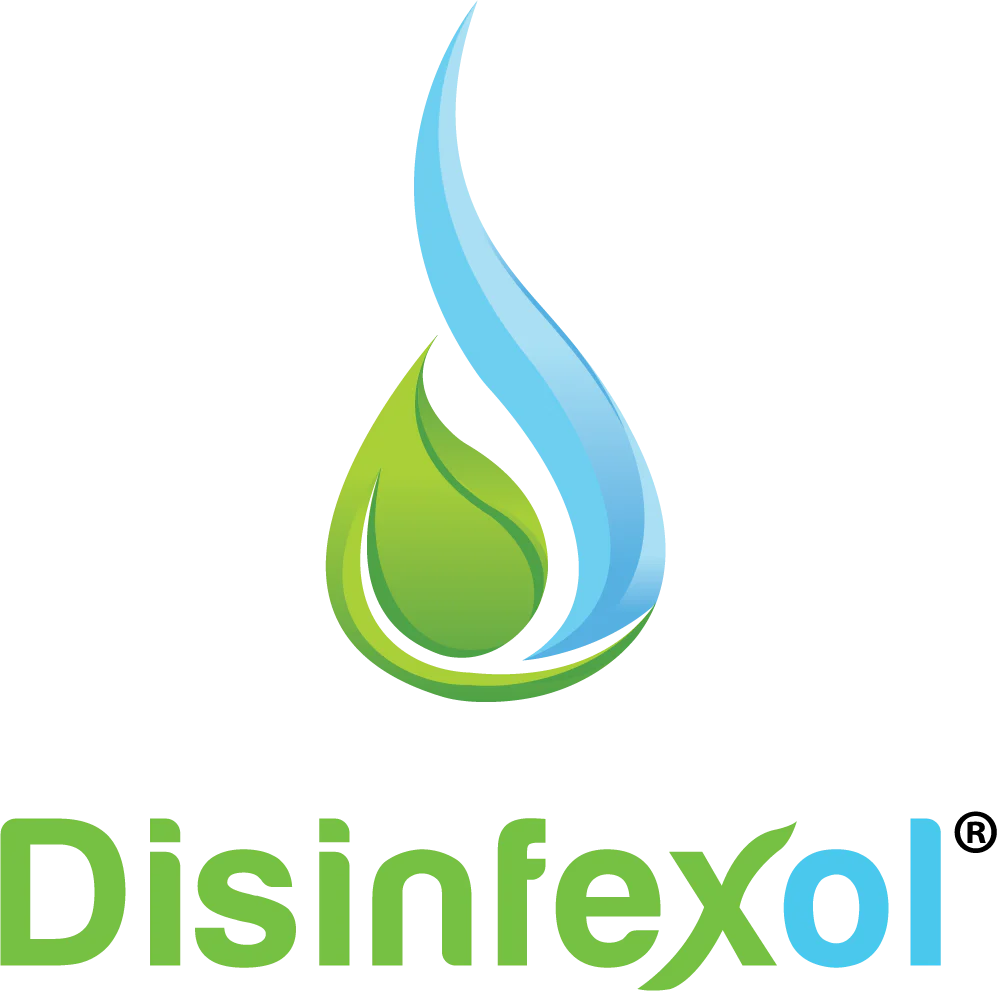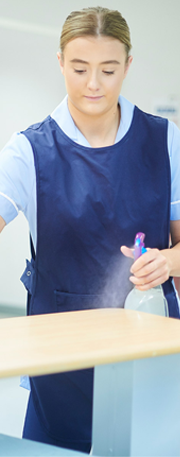USDA clarified that HOCl is allowed in organic production and handling and also states that HOCl can be used as a no-rinse disinfectant on fruit and vegetables.
- Applications of HOCl as a disinfectant for reducing microbial contamination have been reported for fresh fruits and vegetables, poultry carcasses, shell eggs, cutting boards, and food processing surfaces.
- The effectiveness of neutral HOCl as a sanitizer has been demonstrated for reducing Escherichia coli O157:H7, Salmonella enteritidis and Listeria monocytogenes biofilms on the surface of tomato (Deza et al., 2003) and also on plastic and wooden cutting boards.
- A number of studies have demonstrated the strong antibacterial activity of HOCl water against foodborne pathogens on raw agricultural products and food contact surfaces, stating HOCl is an advantageous alternative to other chlorine disinfectants and sanitizers.
- The effectiveness of hypochlorous acid as an active sanitizing agent is determined in large part by the pH. Sanitizing means reducing the microorganisms of public health importance to levels considered safe, without adversely affecting either the quality of the product or its safety (Pfuntner, 2011).
- HOCl quickly kills a variety of fungi and shows promise as a broad-spectrum contact fungicide for control of foliar diseases of greenhouse-grown ornamentals.
- The Environmental Protection Agency (EPA, 2014) registers all sanitizers and disinfectants as pesticides. However, onsite HOCl devices (generators) that use sodium chloride and water to produce antimicrobial substances are not required to be registered as a pesticide.
- Hypochlorous acid can be used as an ingredient in an antimicrobial formulation and may be applied to dairy processing equipment, and food-processing equipment and utensils.
- Equipment or articles sanitized with the solution must be allowed to drain adequately before contact with food. Solutions used for sanitizing equipment shall not exceed 200 parts per million (ppm) of available chlorine.
- In addition to sanitizing food contact surfaces, cleaning solutions containing the active ingredient hypochlorous acid may be used for sanitizing raw fruits and vegetables during the washing or peeling process.
- Contact times of one minute or greater are typically sufficient to achieve a thorough kill.
- At a pH of 6.5, 95% of the chlorine is in the hypochlorous acid form; maintaining the water pH at this range provides the greatest sanitizing effect.
Compiled by USDA, Agricultural Marketing Service, Agricultural Analytics Division for the USDA National Organic Program




